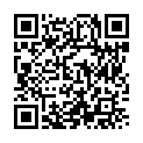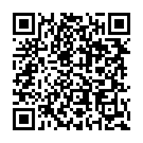Electroencephalography (EEG) is a painless test that records the electrical signals from your brain.
The EEG technologist will attach electrodes to your scalp with a glue-like substance.
During a video-EEG, video and audio of the physical signs and sounds of the seizure are also recorded. This gives your epileptologist important information about your condition that a non video EEG cannot.
Usually, an outpatient EEG recording lasts 30 to 60 minutes. If you are admitted to the Epilepsy Monitoring Unit, you will be set up with 24 hour EEG recording.
What can I expect at my appointment?
For most of your time at your appointment or stay in the Epilepsy Monitoring Unit, you will have EEG electrodes attached to your scalp to record the electrical activity in your brain.
The wires from the electrodes will be plugged into a small box, called an amplifier. The amplifier can be stored in a bag you wear over your shoulder and carried with you.
The amplifier is connected to the monitoring system through a cable in a wall outlet next to your bed. The cable is long enough for you to move around the room, but you cannot leave the room unless it is for a test requested by the epileptologist. It is important that the cable is always plugged into the amplifier so no information is missed.
There will also be a camera and microphone recording your movements and noises in the EMU. This lets us review what physical changes happen when you have a seizure and how you respond to the questions we will ask you during your seizure assessment. There are no cameras in the washrooms.
The epileptologist will review the EEG recordings. Audio and video recordings are only reviewed:
- after you press the seizure event button.
- when you have had a seizure or episode.
- when there are findings on the EEG recording.
The EEG and camera recordings are also used by Epilepsy Monitoring Unit nurses and EEG technologists to monitor for seizures.




